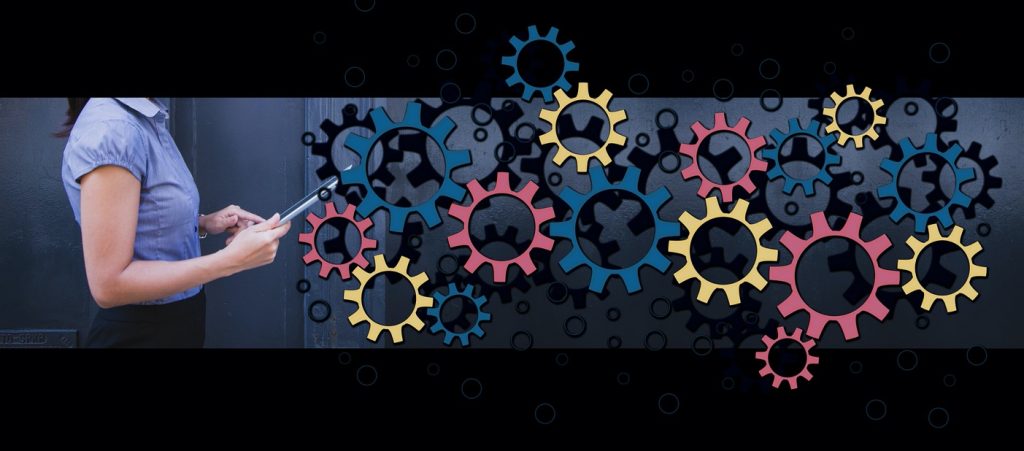Before artificial intelligence, businesses had no idea how to use the mountains of raw data available to them, or even if it would be of any use. With the advent of AI and machine learning, companies can make sense of the big data they already possessed. Now, with the help of AI, they can identify key trends and patterns, define target demographics, gain consumer insights, and make overall profitable decisions.
“If you own or operate a business, and you have questions about how to improve that business, you have data, your data is an asset, and it can be used to improve your business. Simple as that,” says Bernard Marr, best-selling author, and data and analytics guru. He believes that big data enables companies to collect better market and customer intelligence, improve internal efficiency, operations, and customer experience.

According to a Capgemini study of nearly 1,000 organizations around the world that are already implementing AI, close to 80 percent of them are deploying AI to generate new insights and better analysis.
Thanks to processes like robotic process automation, or RPA, businesses can tackle large amounts of consumer data. RPA is another technological trend that’s causing quite a ripple in the digital world. It is essential to understand that robotics is not just about artificial intelligence-driven bots but also about software robots that follow human actions.
Defining Robotic Process Automation (RPA)
Robotic Process Automation (RPA) is an application of technology that allows businesses to automate repetitive business processes. High volume and repeatable tasks that previously required human intervention can now be performed by AI-powered software or “robots.” Just like humans, these “robots” can capture data and manipulate applications by utilizing the user-interface. However, unlike humans, an RPA software robot never eats, sleeps, or commits errors.
How RPA Works to Gather Consumer Data
Apart from automating repetitive computing tasks, RPA can also be used to gather and structure consumer data. The RPA bots can log into applications, move files and folders, copy and paste data, fill in forms, extract structured and semi-structured data from documents, scrape browsers, open emails/attachments, among other processes. Performing these repetitive processes regularly, allows these bots to come across tonnes of data that these bots can meticulously structure and organize—creating ‘clean/good data’ from ‘bad data.’
RPA also analyzes vast amounts of data and makes sense of it. The insights gained by coupling RPA and big data together can, therefore, help businesses streamline their operations.
Who Can Benefit From Automatic Data Collection?
One of the key benefits of RPA is the automatic collection and analysis of data. Many companies are recognizing this key facet of RPA and utilizing the bots for the same. This benefit can come in handy for businesses that deal with loads of data that needs to be collected and analyzed within a short period.
Global market research firm Nielsen is one such company that aggregates and analyzes heaps of data to help organizations in retail, manufacturing, media, and advertising to make profitable decisions and wise investments. The company used RPA to build software robots that automate digital chores and deploy them over the existing IT infrastructure. This helped the company to offer viable market intelligence to its clients in a short amount of time. Nielsen’s RPA deployment helped the company save an estimated 347,997 hours in just 18 months.
Bytes & Bots
According to Gartner, robotic process automation (RPA) software revenue grew 63.1 percent in 2018 to $846 million, making it the fastest-growing segment of the global enterprise software market. The revenue is expected to touch $1.3 billion in 2019.
“The ability to integrate legacy systems is the key driver for RPA projects. By using this technology, organizations can quickly accelerate their digital transformation initiatives, while unlocking the value associated with past technology investments,” said Fabrizio Biscotti, research vice president at Gartner.
According to the study, North America continued to dominate the RPA software market, with a 51 percent share in 2018, Western Europe trails behind with the second position, and Japan came in third with a 23 percent share and an adoption growth of 124 percent in 2018. Biscotti believes that this shows that RPA software is appealing to organizations across the world, because of its quick deployment cycle times when compared to other options such as business process management platforms and business process outsourcing.